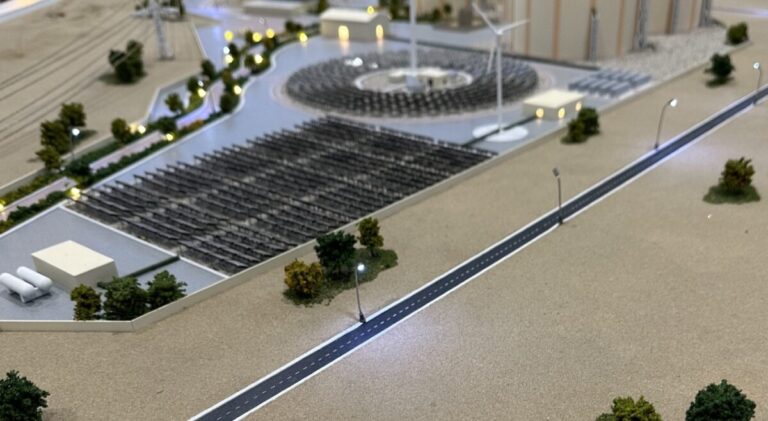The model was devised by an international research team and can also be used for hybrid wind-solar projects. According to its creators, it offers practical solutions for land use optimization and renewable energy planning.
A group of researchers led by Saudi Arabia’s King Fahd University of Petroleum & Minerals (KFUPM) has developed a new spatio-temporal decision-making model for the development of hybrid photovoltaic wind power plants, as well as individual wind and PV projects, in Saudi Arabia.
“Our new model can identify the optimal locations for large-scale solar, onshore wind farms and hybrid systems in Saudi Arabia,” said the lead author of the study. Mohammed R. Every breath, told pv magazine. “In contrast to traditional approaches based on long-term average data or discrete energy sources, we have introduced a novel spatio-temporal decision model (STDMM) that uses the ERA5 hourly reanalysis dataset, along with highly accurate spatial models of more than twenty constraints and evaluation criteria. The model offers a practical solution for land use optimization and renewable energy planning.”
Interested in more insights about Saudi Arabia?
ERA5 is a reanalysis dataset that provides hourly estimates of a wide range of atmospheric, terrestrial and oceanic climate variables. It can calculate a project’s capacity factor (CF), annual technical potential generation (ATPG) and levelized electricity cost (LCOE), while also estimating the cost of energy infrastructure.
To identify the best locations for wind and solar energy, the method uses 1 km2 Grid-level analysis based on a multi-layer hybrid GIS-Bayesian Best Worst Method (BWM) model, a multi-criterion decision-making method to find the optimal weights of a set of criteria based on the preferences of only one decision-maker (DM). An energetic complementarity model is used to analyze hybrid wind-solar installations.
“The combination of GIS and Bayesian BWM modeling ensures that site selection is comprehensive and balanced, incorporating expert-driven criteria to optimize decision-making on the site selection process,” the scientists said, noting that ERA5 generally performs better for solar energy resource assessment. compared to wind energy.
Through the new model, the researchers discovered that approximately 32% of the country is suitable for solar energy development and 36% for wind energy.
“The study proposes that approximately 4.81% of the land be allocated for solar energy projects and 4.74% for wind projects to meet 50% of Saudi Arabia’s energy needs by 2030, which translates into the development of 95.12 GW of solar PV and 74.45 GW of wind turbines,” the team said. “Techno-economic analysis shows that solar energy resources are relatively homogeneous across the country, while wind energy resources exhibit greater spatial variability, which affects project costs and efficiency.”
Their analysis also showed that the LCOE for solar ranges between $43/MWh and $78.6/MWh, with the average value reaching $52.6/MWh. For wind energy, the LCOE was found to have a wider range, from $34.8/MWh to $125/MWh.
The new methodology was introduced in the study “A spatial-temporal decision-making model for solar, wind and hybrid systems – A case study of Saudi Arabia”, published in Applied Energy. The research team included academics from Egypt’s Kafrelsheikh University and Wrocław University of Science and Technology in Poland.
According to the research team, the proposed method could open new markets for renewable energy planning and optimization tools for developers, governments and utilities in Saudi Arabia. “The model not only reduces costs, but also accelerates the efficient installation of utility-scale renewable energy systems, contributing to Saudi Arabia’s goals of achieving a 50% renewable energy share of electricity generation by 2030, and a 50% share of natural gas-fired electricity generation and achieving Net-Zero. Emissions by 2060,” Every breath said.
This content is copyrighted and may not be reused. If you would like to collaborate with us and reuse some of our content, please contact: editors@pv-magazine.com.


